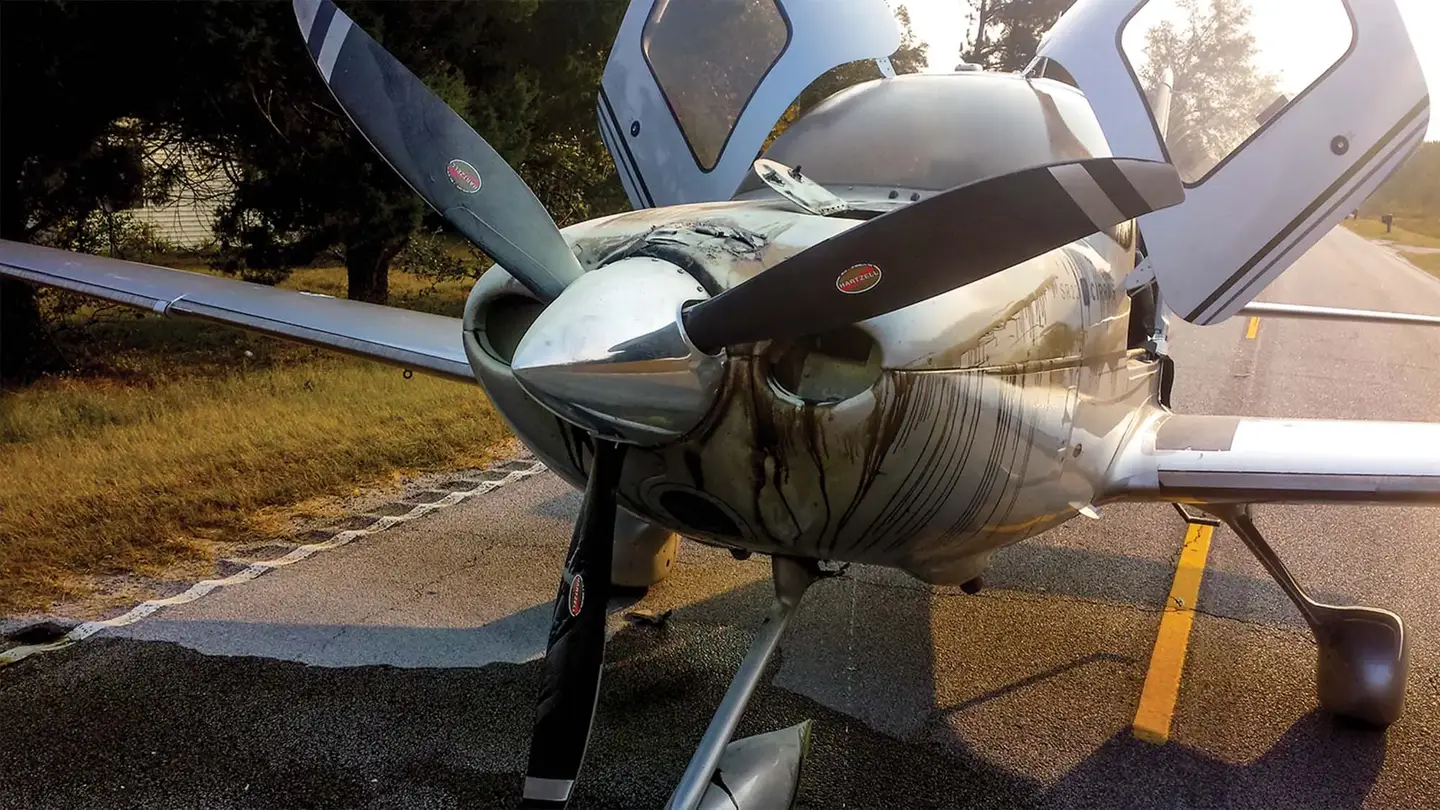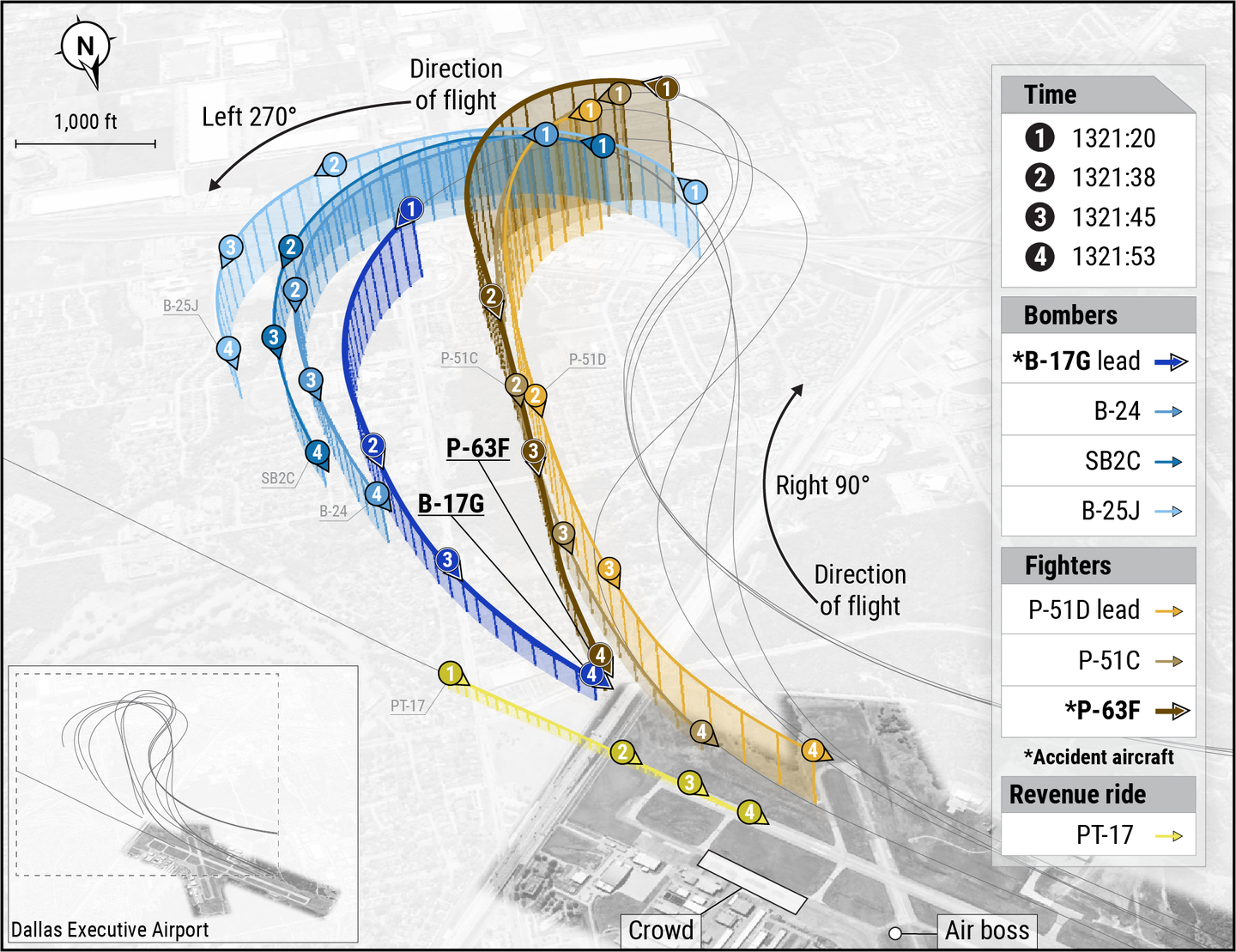General Aviation Accident Bulletin
AVweb’s General Aviation Accident Bulletin is taken from the pages of our sister publication, Aviation Safety magazine. All the reports listed here are preliminary and include only initial factual findings…

Aviation Safety Accident Bulletin
AVweb's General Aviation Accident Bulletin is taken from the pages of our sister publication, Aviation Safety magazine. All the reports listed here are preliminary and include only initial factual findings about crashes. You can learn more about the final probable cause on the NTSB's website at www.ntsb.gov. Final reports appear about a year after the accident, although some take longer. Find out more about Aviation Safety at www.aviationsafetymagazine.com.
July 5, 2020, Anchorage, Alaska
Cessna 180C Skywagon
The airplane was substantially damaged at about 1130 Alaska time during a water landing when its left float failed. The private pilot and the passenger were not injured. Visual conditions prevailed.
After a normal approach and just after touchdown, the left float dug into the water and the airplane veered abruptly to the left, nosed over and began to sink. The pilot and his passenger successfully egressed the sinking wreckage. Airport security video of the accident sequence revealed that shortly after the airplane’s floats touched down on the water surface, a large water column sprayed outboard of the left float, just forward of the step. Examination revealed a large hole in the bottom of the float just forward of the step. Corrosion was present around the hole and on the bottom of the right float. No impact signatures were present on the bottom of the left float.
July 5, 2020, Eveleth, Minn.
Piper PA-32-300 Cherokee Six
At about 1100 Central time, the airplane was substantially damaged in an off-airport landing following loss of engine power. The pilot and passenger received minor injuries. Visual conditions prevailed.
The pilot later stated about 55 gallons of fuel were aboard before takeoff, including 14 gallons in the left tip tank. He started the engine on a main tank and then switched to the left tip tank for takeoff. He did not recall switching tanks after that. Shortly after becoming established in cruise, the engine lost all power. Attempts to restart the engine were not successful. When the pilot realized he could not reach the divert airport, he executed a forced landing to a wooded area. Both wings separated from the airplane, the fuselage and tail surfaces had impact damage and a post-impact fire ensued.
July 5, 2020, Sedona, Ariz.
Beech A23 Musketeer II
The flight instructor later reported the automated weather observation reported the wind from 270 degrees at three knots but did not include density altitude. He taxied to Runway 03 and began a takeoff roll, lifting off about mid-field and beginning a slow climb. At the far end of the runway, the airplane yawed and began to lose altitude. The decent continued over the sloping terrain. Unable to gain airspeed or maintain altitude, the pilot initiated a forced landing to a road. During the landing, the right main and nose landing gear collapsed. Airport elevation is 4830 feet msl and density altitude was calculated to be 7700 feet at the time of the accident.
July 6, 2020, Redmond, Ore.
Beech F33A Bonanza
The two flight instructors were on a proficiency flight. After maneuvers in a practice area, they flew back to the departure airport to practice takeoffs and landings. After the right-seated flight instructor made two landings, the left-seated instructor made a third landing. After touchdown, while the airplane was rolling, the left-seated flight instructor put the landing gear switch in the “up” position instead of the flap switch. Both instructors realized the mistake and attempted to move the gear lever back to the “down” position, but the left landing gear had already collapsed. The landing gear continued to retract and they became airborne. After performing troubleshooting of the landing gear and performing a flyby, they decided to land at a nearby airport with more facilities.
The right-seat flight instructor performed the landing at the alternate airport and the airplane rolled on all three landing gear for about 1000 feet before collapsing, causing the airplane to veer off the runway. The left aileron sustained damage as a result of the gear collapse.
July 7, 2020, Lake Tahoe, Calif.
Cessna 172N Skyhawk
At about 1523 Pacific time, the airplane was destroyed when it collided with terrain shortly after takeoff. The pilot sustained fatal injuries; the passenger succumbed to serious injuries five days later. A witness observed the airplane flying at about 200 feet AGL and heard the engine producing a sputtering sound consistent with losing and gaining power. The left wing tip struck a tree and the airplane aggressively yawed while continuing to fly low in a southerly direction until it disappeared from the witness’s line of sight. The airplane wreckage was discovered about 2.5 nm off the runway’s departure end.
July 8, 2020, Port Orchard, Wash.
Cessna 150H
The airplane was substantially damaged at 1554 Pacific time when it impacted trees and terrain during an attempted go-around. The solo pilot was seriously injured.
A witness described the airplane’s final approach as unstabilized, high and fast before their view was blocked. When the airplane came back into view, it was at about 30 feet AGL, the engine sounded as if it was at full power and the flaps were still extended. The airplane appeared to be flying slowly and struggling to climb, as if it was “hanging onto a stall,” before banking to the right, toward rising terrain and trees. The airplane’s bank angle increased before the airplane impacted the trees in a “knife edge” attitude and dropped to the ground. The witness reported the airport has very tight margins and has a one-way runway, with the north end 50 feet higher than the south end, and that “go-arounds are very difficult in all but high-performance aircraft.”
This article originally appeared in the October 2020 issue of Aviation Safety magazine.
For more great content like this, subscribe to Aviation Safety!






